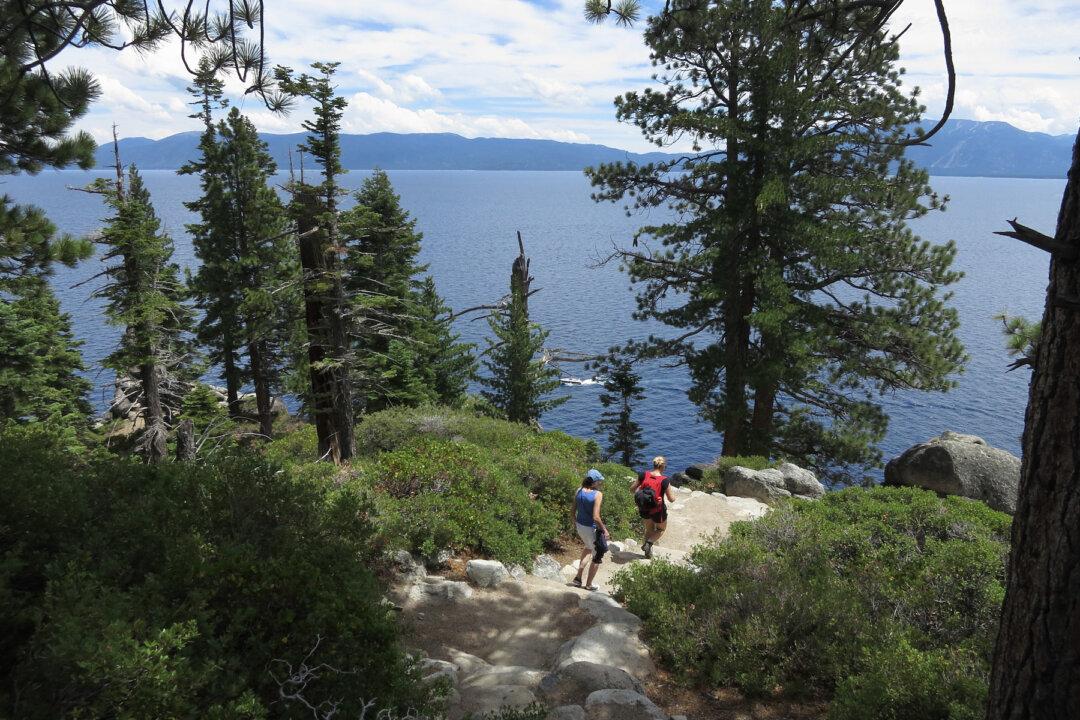Scientists are finding microplastics in Lake Tahoe—one of the world’s clearest lakes and the largest alpine lake in North America—for the first time.
The lake straddles the state line between California and Nevada and is a major tourist attraction in the area, known for its pristine waters.




